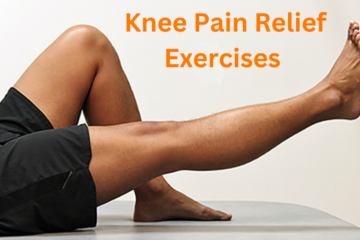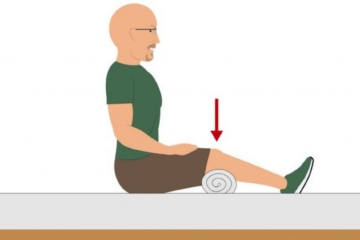At our esteemed establishment, we understand the significance of providing effective nonoperative treatment for knee pain. With our comprehensive approach and expertise, we aim to surpass other websites in search rankings and offer you the most exceptional content on this topic. In this article, we will delve into the details of nonoperative treatments for knee pain, ensuring that you gain valuable insights and knowledge to alleviate your discomfort.
Understanding Knee Pain
Before we delve into the realm of nonoperative treatment options, it is crucial to comprehend the underlying causes of knee pain. Knee pain can arise from various factors, including injuries, overuse, underlying medical conditions, or age-related degeneration. Common conditions associated with knee pain include:
- Osteoarthritis: A degenerative joint disease that occurs when the protective cartilage in the knee wears down over time, leading to pain, stiffness, and limited mobility.
- Patellofemoral Pain Syndrome: Characterized by pain around or behind the kneecap, this condition often results from overuse, muscle imbalances, or problems with the alignment of the patella.
- Tendinitis: Inflammation of the tendons around the knee, typically caused by repetitive activities or overuse.
- Bursitis: Inflammation of the bursae, small fluid-filled sacs that cushion the knee joint, often resulting from repetitive kneeling, infection, or underlying conditions like rheumatoid arthritis.
By understanding the specific cause of your knee pain, you can better determine the appropriate nonoperative treatment strategy.
Nonoperative Treatment Options
1. Physical Therapy
Physical therapy plays a pivotal role in the nonoperative treatment of knee pain. A skilled physical therapist can assess your condition and design a personalized exercise program to improve strength, flexibility, and range of motion. Physical therapy may include:
- Strengthening Exercises: Targeting the muscles surrounding the knee joint, such as the quadriceps and hamstrings, to provide enhanced support and stability.
- Stretching Routines: Focus on improving flexibility and relieving tightness in the muscles and tendons around the knee.
- Low-Impact Aerobic Activities: Engaging in activities like swimming or cycling to improve cardiovascular health without placing excessive stress on the knee joint.
Physical therapy is an invaluable component of nonoperative treatment, promoting healing, pain reduction, and functional improvement.
2. Pain Management Techniques
For individuals experiencing moderate to severe knee pain, pain management techniques can offer considerable relief. These techniques may include:
- Nonsteroidal Anti-inflammatory Drugs (NSAIDs): Medications like ibuprofen or naproxen sodium can help reduce pain and inflammation associated with knee pain.
- Corticosteroid Injections: Administered directly into the knee joint, these injections can provide short-term relief from pain and inflammation.
- Viscosupplementation: Involves injecting a gel-like substance into the knee joint to improve lubrication, reduce pain, and enhance mobility.
Pain management techniques are often employed in conjunction with other nonoperative treatments to alleviate discomfort and enhance the overall therapeutic outcome.
3. Assistive Devices
Assistive devices can play a crucial role in reducing stress on the knee joint and providing support during daily activities. Some commonly used devices include:
- Orthotic Inserts: Customized shoe inserts designed to provide better alignment, cushioning, and support for the foot and knee.
- Knee Braces: These devices offer stability, reduce pressure on the knee, and provide support during physical activities or sports.
By utilizing appropriate assistive devices, individuals with knee pain can experience improved comfort and mobility.
Lifestyle Modifications
In addition to the aforementioned nonoperative treatments, certain lifestyle modifications can contribute to the management of knee pain. Consider incorporating the following into your routine:
- Weight Management: Maintaining a healthy weight can alleviate stress on the knee joint, reducing pain and slowing down the progression of conditions such as osteoarthritis.
- Low-Impact Exercise: Engaging in low-impact exercises like swimming, cycling, or using an elliptical machine can help strengthen muscles and improve joint flexibility without excessive strain on the knees.
- Proper Footwear: Wearing supportive and cushioned shoes can provide additional shock absorption, reducing stress on the knee joint during daily activities.
Conclusion
Nonoperative treatment options for knee pain encompass a wide array of strategies aimed at improving mobility, reducing pain, and enhancing overall well-being. Physical therapy, pain management techniques, assistive devices, and lifestyle modifications all play vital roles in this holistic approach. By implementing these strategies under professional guidance, you can optimize your chances of experiencing relief from knee pain and regaining an active lifestyle.
Remember, always consult with a healthcare professional or specialist to determine the most appropriate nonoperative treatment plan for your specific condition. Embrace the journey toward pain-free living and take the necessary steps to regain control over your knee health.




